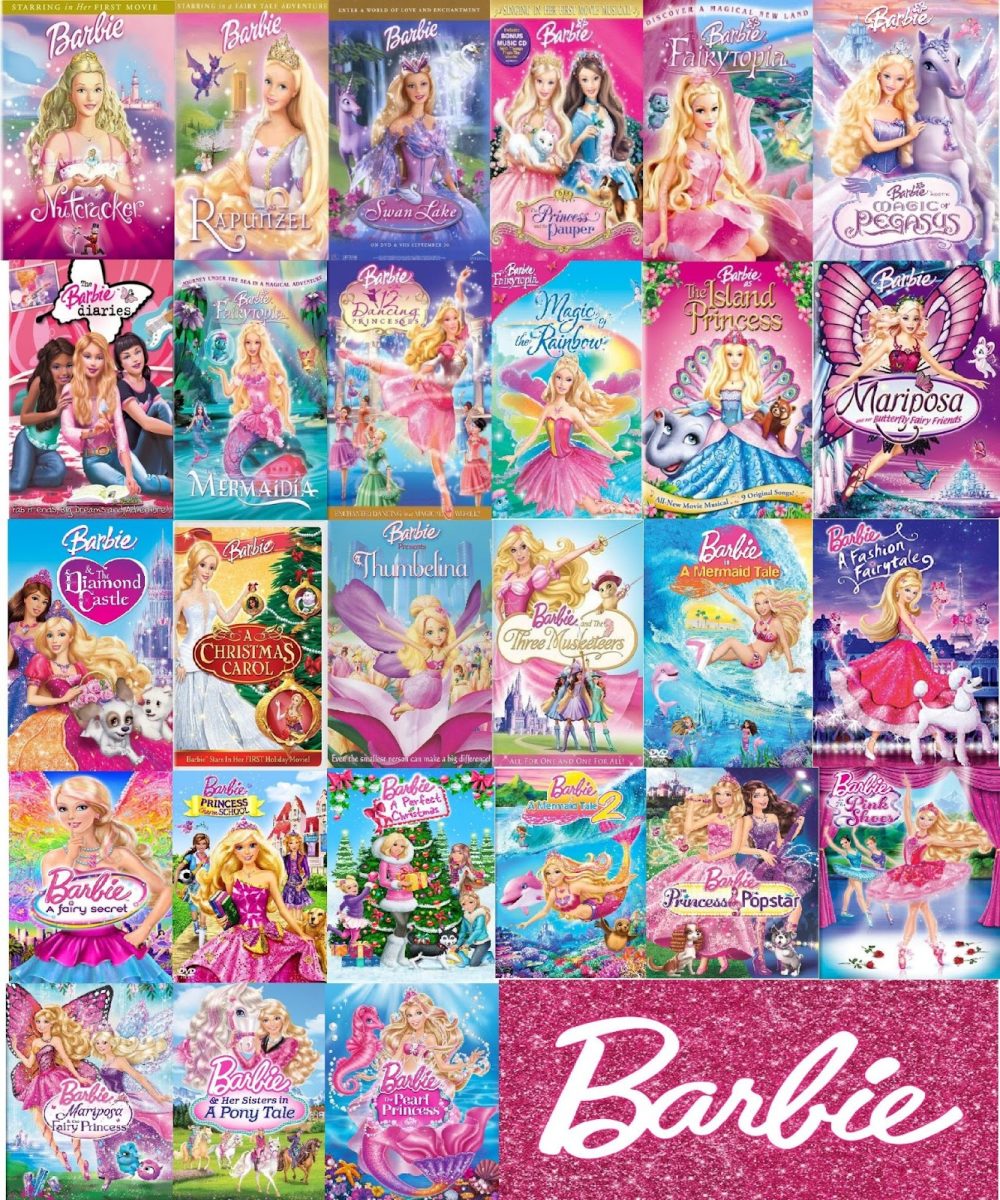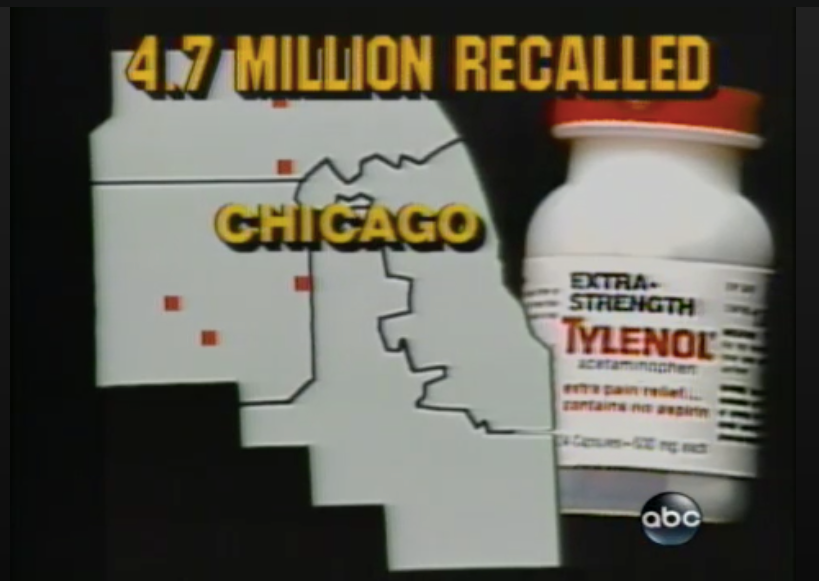If you have read the book It Ends with Us, you know it explores the topics of domestic violence and emotional abuse. The author, Colleen Hoover, was a New York Times bestselling author in 2022, and she is most famous for It Ends with Us, which was adapted into a movie this year. Hoover’s purpose with It Ends with Us is to educate readers on what domestic violence can look like. Readers look up to Hoover, as she wrote this book inspired by her parents’ abusive marriage. In the novel, a woman named Lily Bloom falls in love with a neurosurgeon, Ryle Kincaid. The two fall deeply in love, but she soon begins to see sides of Ryle that remind her of her parents’ abusive relationship. Lily’s first love, Atlas Corrigan, unexpectedly re-enters her life while Lily and Ryle’s relationship is at its lowest, leaving Lily with an impossible choice between the two.
As everyone always says, “The book is better than the movie.” While this saying can be controversial, in this case, it is true. The author wanted to use her personal experience to create a learning opportunity for her readers, connecting with them on a deeper level. Every detail in the book serves a purpose, and everything is thoughtfully written. As a result, many readers were disappointed to find that several changes were made when adapting the book into a movie.

An important scene in the book that is missing from the movie is connected to the Boston magnet. As a backstory, Lily’s first love Atlas tells her his plan to move to Boston to live with his uncle and later join the military. Atlas then gifts a Boston magnet to Lily on her 16th birthday and promises that “everything is better in Boston.” Many years later, Lily still has the Boston magnet on her fridge to symbolize her quiet hope to reunite with Atlas. When Ryle, her abusive partner, learns the true meaning of this magnet, he lashes out with jealousy and eventually attempts to assault Lily to prove that she belongs to him.
This scene is one of the most powerful chapters in this book. The reader finally sees the true Ryle and how abusive and nasty he can be. This scene changes the perspective the readers have not only on the book but on the characters as well. This scene is the confirmation that Ryle is an abusive partner, and none of the violent incidents that happened previously were just accidents. This chapter did not make it into the movie, and many were upset since this was a significant part of the book. The magnet symbolized Lily’s small hope that she and Atlas would reunite, believing their relationship would leave a lasting impact on both of their lives. Furthermore, Ryle’s attempted abuse is the most cruel and brutal thing a person can do to their significant other. It was a turning point in the novel, and it deserved screen time to raise awareness.
Another change from the book to the movie is the name of Atlas’s restaurant. In the book, it is called “Bibs” meaning “Better in Boston” as a tribute to Lily, using the name to reassure her that their relationship meant a lot to him. In the movie they changed the restaurant name to “Roots.” The name still has an emotional meaning, but it is not the same as the book. The meaning of “Roots” comes from a moment that Lily and Atlas shared as kids, talking about the strength of an oak tree, which led to the name Roots. The new name of the restaurant is still thoughtful, but it is a significant change from the book to the movie.

A final change from the book to the movie is the importance of The Ellen Show in the book. Lily watches Ellen’s show everyday, then writes letters to her because she feels Ellen is the only person that can understand her. In her letters, Lily is able to open up about her abusive father, her home life, and her growing relationship with Atlas. Ellen becomes the one adult in her life she can trust, even if she doesn’t know her in real life. Neither the show nor the letters are presented in the movie. This makes the viewer think that as a child Lily did not have an adult she trusted or was comfortable with in her life. The Ellen Show was a significant part of the book and helped the reader learn more about Lily’s teenage years and understand her more, while in the movie the audience barely sees Lily and Atlas as teenagers. Instead, the movie rushes to get to their lives as adults but leaves the viewer not knowing much about Lily as a child and why she is the way she is.

At the end of the book, Lily finally breaks the cycle of abuse in her family, leaving readers with a powerful story and a lesson they can apply in their own lives. While the movie made several changes, opinions vary on whether these changes improved or worsened the story. In the end, It Ends with Us remains one of the most popular books in recent years, and the changes in the adaptation have sparked considerable debate. Despite the controversy, the movie is highly recommended—check it out, and decide what you think for yourself!
Works Cited:
- Hoover, C. (2016). It Ends with Us. Atria Books.


























